Do you believe in magic? Not a slight of hand or dark magic, but what I like to call, cool hand ‘roof’ magic.
It’s more of the, presto, change-o, kind. The kind that changes one type of existence for another.
That’s what it might be described as, when you hear and see what we are about to do.
We find ourselves here in Amherst, where the stage has been set.
Many Cape Cod style homes like this have no overhangs. This means a number of things, but, chief among these, is the complete lack of intake venting for the home.
That is significant because you can’t have a perfectly healthy home without intake venting. Think of it like trying to breathe with your nose and sinuses all stuffed up. Only worse. What does that mean? Well, without home healthy breathing, you get:
- More ice in the winter
- The heat (that melts the snow that creates the ice) is free to do so, with wild abandon
- Hot as heck in the summer inside the living space on the second floor
- Overheated shingles on the outside, reducing their life
- Higher AC bills
- Potential mold growth
For this home, all that is true, and they’ve had constant problems since it was built.
Well, no more!
On this home, while doing the roof, we found that the tongue and groove boards are shrunk up, and won’t provide good nailing, and the insulation is against the deck on the rafters, all with no overhang.
The lack of good venting, through overhangs and airflow, are key to why this entire mess happened.
Seems this has gone from bad to worse!
One option, that would be typical, would be to tear off all the boards and re-insulate, and try to drill side holes in the rafters at the valleys to create airflow, and put on overhangs which would work pretty good, but cost a heck of a lot.
— OR —
Option two: we could leave the existing decking, (as while it is affected and shrunk up, it is not falling in rotted) and install 2-inch wide three-quarter inch plywood strips above all the rafters, and leave spaces at the valleys for airflow, and add a small, but eminently effective overhang. This venting option creates perfect venting. This way changes the roof from a super unhealthy circumstance to close to perfect health.
The overhang provides the intake breath. The three-quarter inch furring provide uninterrupted passageways, and the ridge vent provides the needed exhale breathe out.
It’s continuous, with no gaps of flow, and no dead spots,. It stops all the evils that existed previously.
It stops the excessive ice build up. It stops excessive heat gain in the summer.
It makes your roof last longer, and will no longer support mold growth. It does all this and makes the insulation that you have, more effective to boot.
Like I say, magic! Change a very unhealthy home, to a most healthy home in three easy steps. Who knew? We did, and do, and truth is, we feel a little bit like a superhero.
I suppose it’s like a cross between a magician, a superhero, and a transformer. Maybe I’m overstating it, but it is pretty cool!
William C. Rott, changing lives one home at a time all across Western New York 🙂

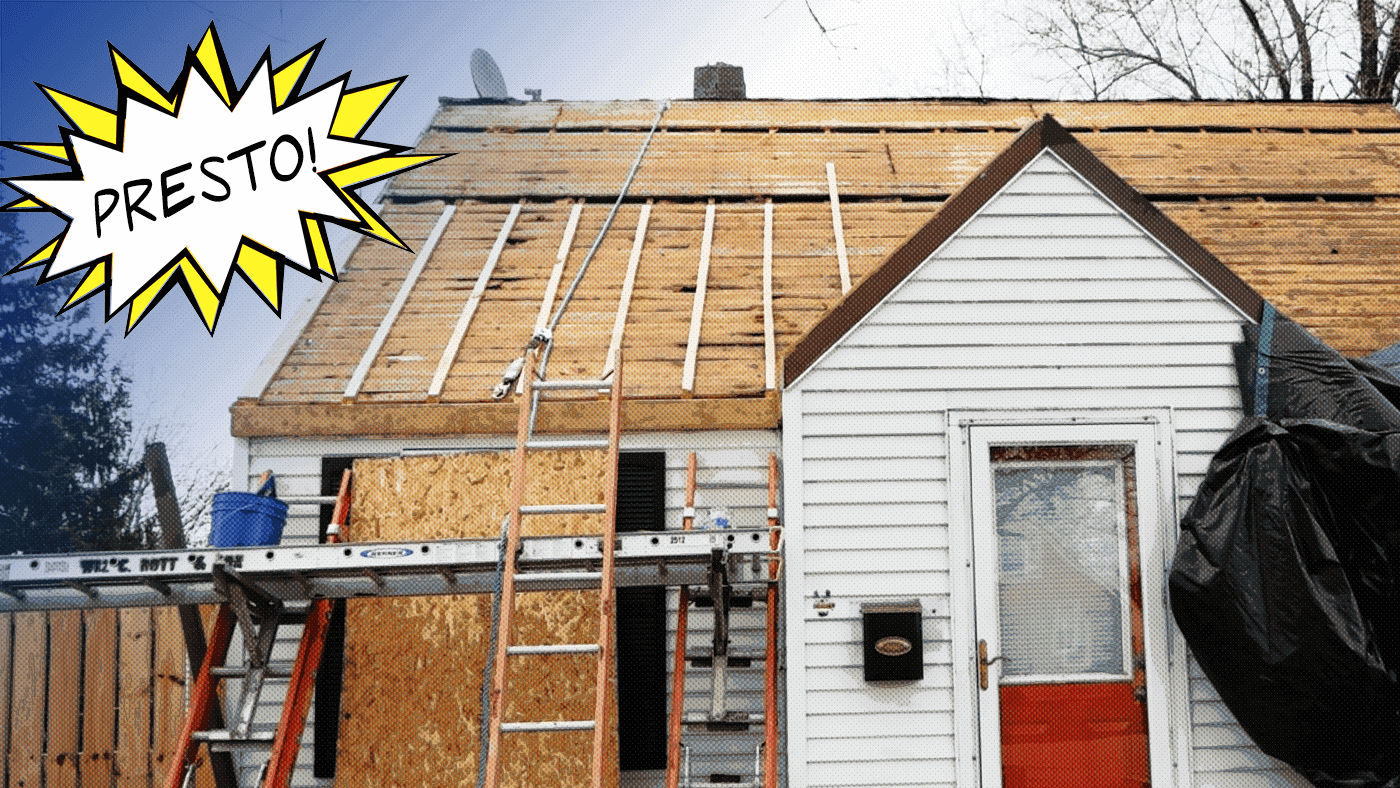
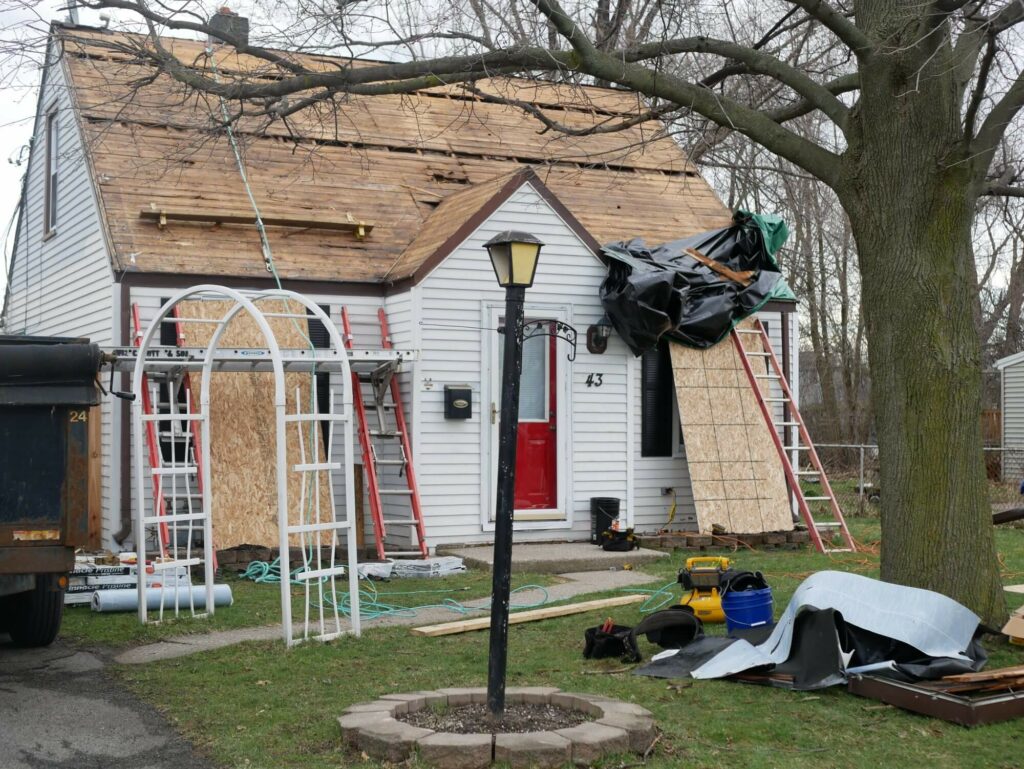
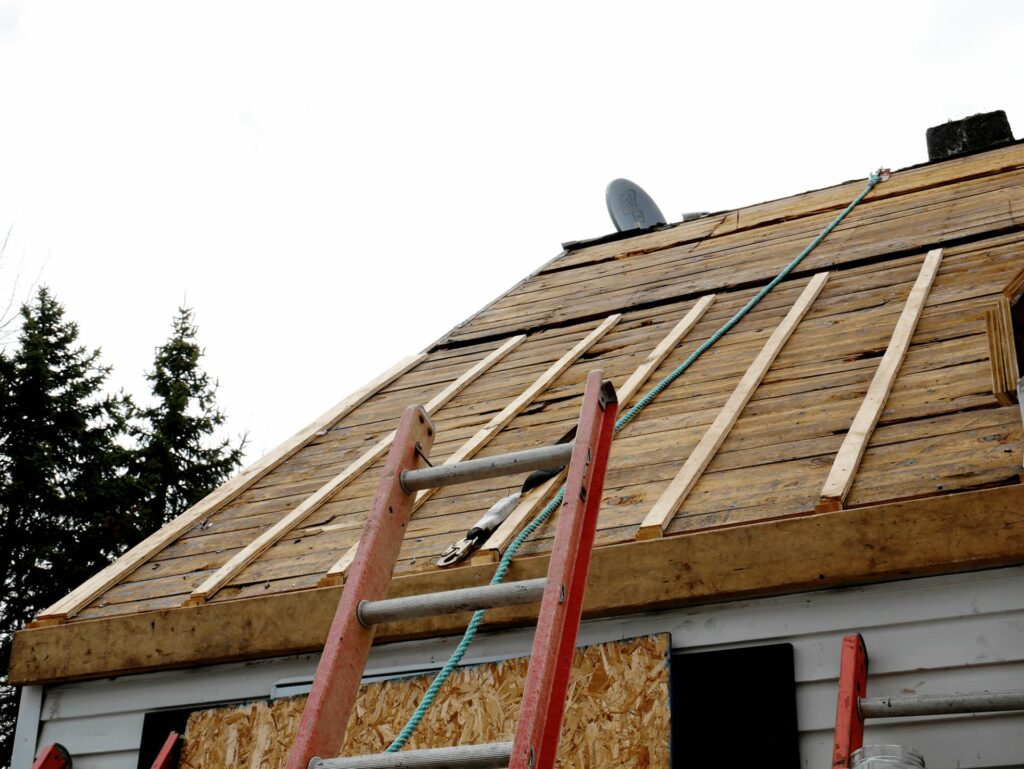

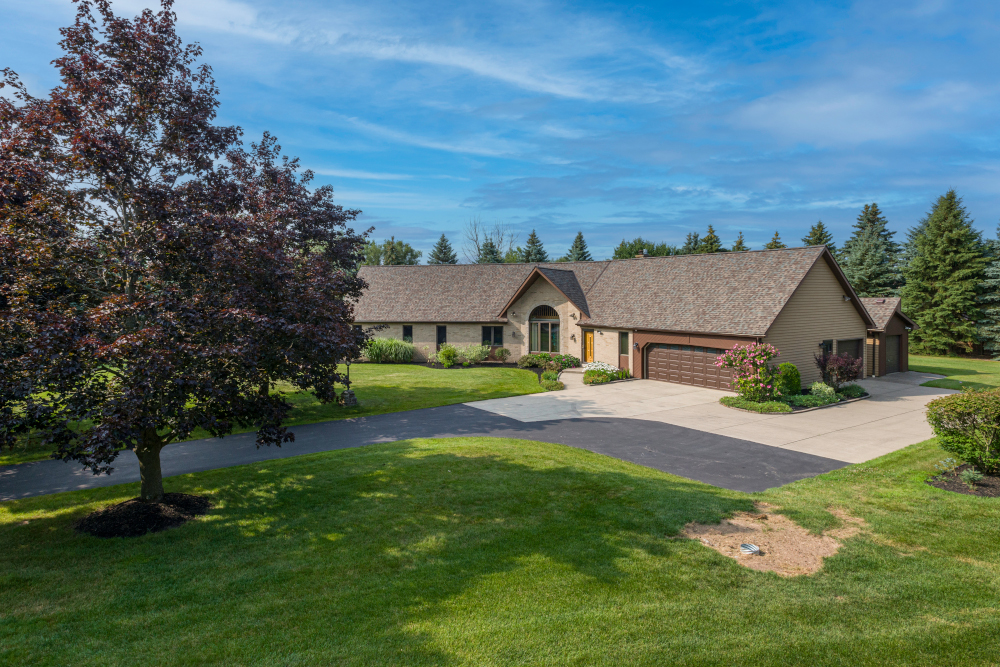
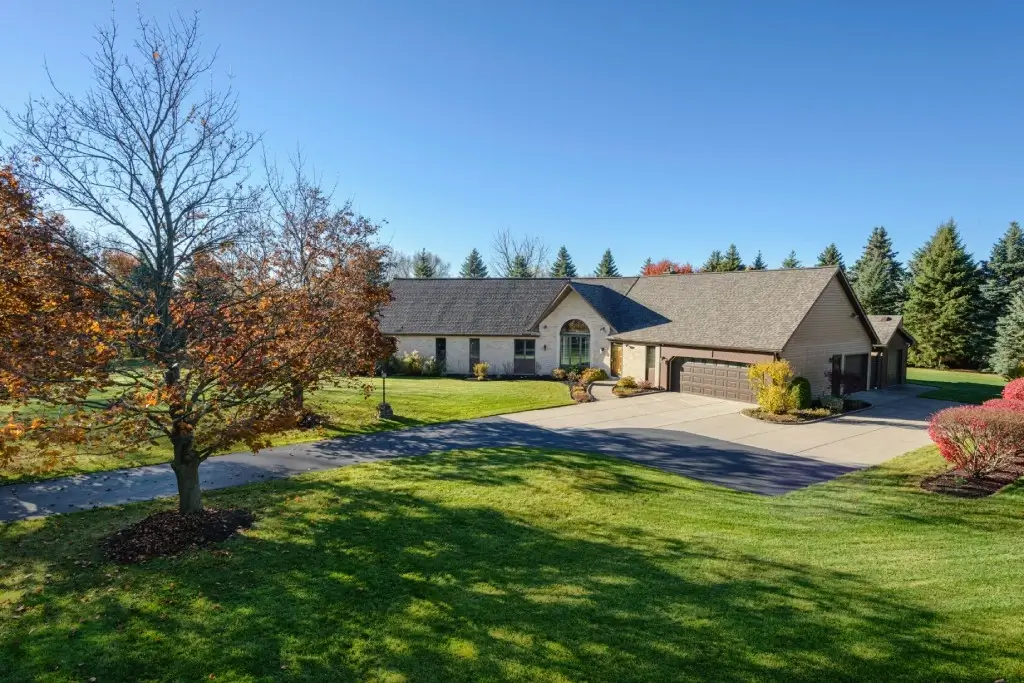
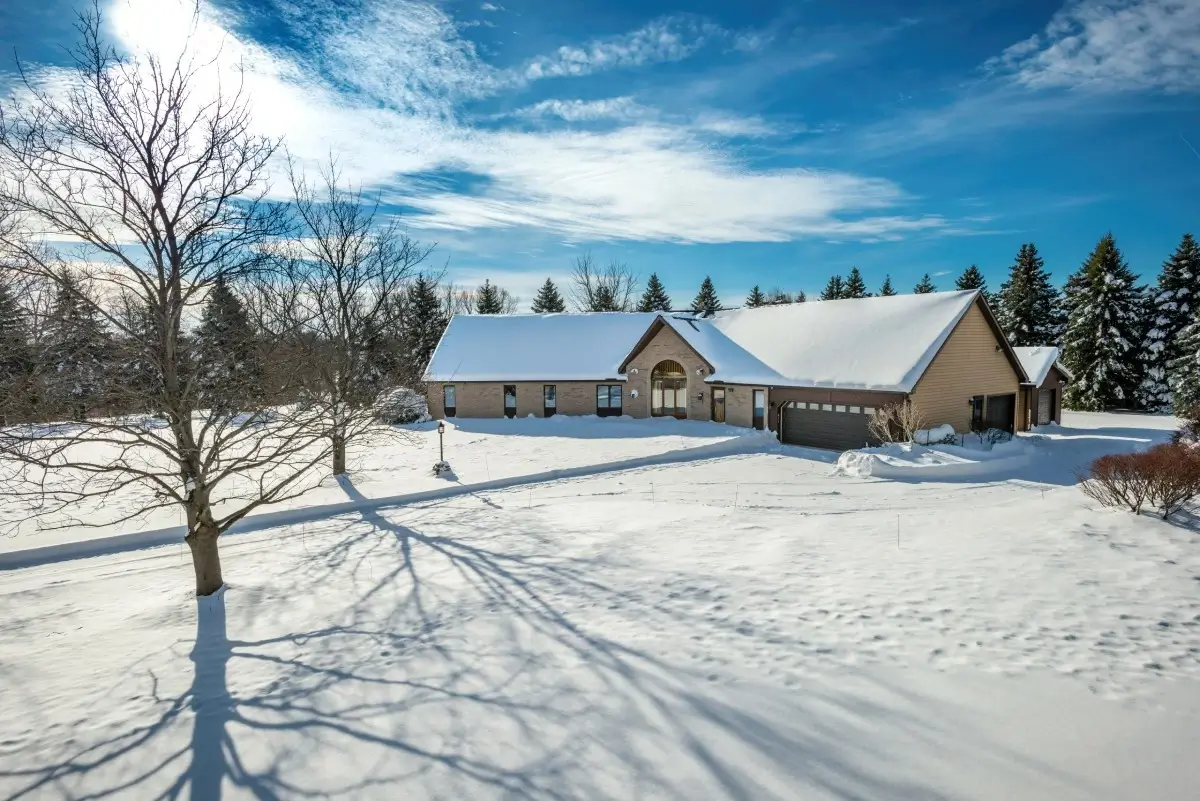
Rob Russell
5 years agoIt only ventilates the channel between the 2 sheathings. How does it exchange the attic air?
Admin
5 years agoHey Rob, below is the post that I sent to this question on Facebook. Give me a call, to talk over the particulars that I may not have fully addressed even in that long-winded response. Thanks!
Regarding your question of how this works. I think, one of the things we perhaps didn’t take enough time to explain, is this is a process for homes that have cathedral ceilings, or slanted ceilings where each rafter is blocked off from venting except for between the sandwich effect of drywall insulation and roof deck. (As in pretty much every case with a Cape Cod style home). Any heat that gets past your insulation, your condition space, needs to get vented out. The reasons for doing so is to get the heat out before it melts the snow that creates the ice in the winter time. It’s to get the warm moist air that gets past your insulation that can condensate on the nails and the decking (potentially rotting that out, and making your insulation less effective,) before it can do so.
In addition, by having the ventilation system, above all of the insulation, you hold more heat in, in the winter, by minimizing blow through that can happen with fiberglass, taking away some of the effectiveness of it.
This venting system also gets the heat out, before it comes in, from the sun hitting the roof deck in the summertime, so that you minimize heat buildup inside your living space.
This process and situation allow for perfect airflow so there are no dead spots, as in any other ventilation system where there is slanted, sandwiched circumstances, that have valleys or chimneys or dormers involved. Every other system attempts to create airflow, but is limited by the construction, the necessary framing structure of rafters, valley rafters, etc. Because, we are used to what typically is, (i.e.normal construction), it’s harder to wrap our head around something that goes above and beyond that, literally, to solve the age-old problems associated with this.
And again, of course, this resolution, is only necessary, if you have cathedral ceilings, that lack airflow between each rafter like Cape Cod style homes have. There are also many other homes, where people have finished off their attic’s that this would be ideal, and the only real answer for their problem is adequate venting.
There are also homes that have insulation attached to the rafters, that the homeowner wants to leave, to keep the condition space warmer in their attic. So, there’s more to say, but I probably said more than enough already, to try people’s patience I’m sure. Please call, if you would like to discuss this further, as to its merits, or when and how to use the process.
And remember, the furring strip process, only works, if you create the intake ventilation at the bottom edge, and you leave proper spacing, and you have exhale at the ridge.
We have used this process, with amazing results. As proper insulation is also necessary, to manage heat loss or gain, results can vary. But, one thing is for sure, based on the results I’ve seen, it really doesn’t get better than this.
Thanks for the question, and the chance to respond.
Steve Rott